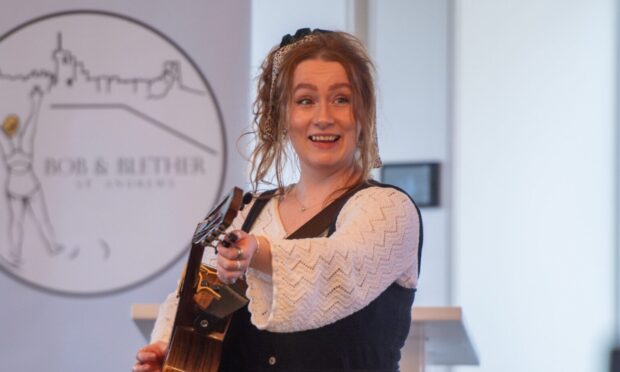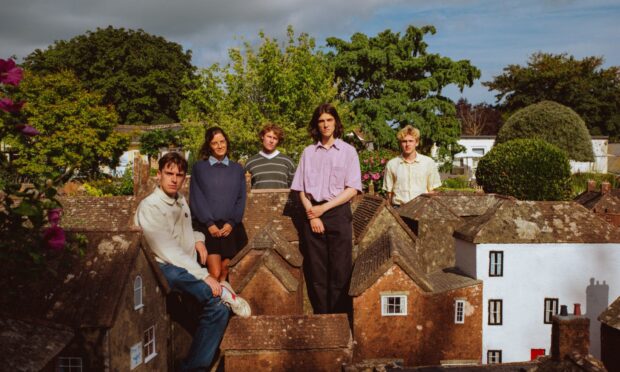Nestling at the rear of a quiet St Andrews courtyard is the Wardlaw Museum. It has been waiting patiently to open its doors, following a £2.1 million refurbishment.
“We were just about to open when lockdown happened,” says Katie Eagleton, director of museums and libraries at the University of St Andrews. “Like so many other museums, we just had to make sure everything was protected. Now we can, on Saturday, June 26.”
Anyone who visited the Wardlaw, formally known as the Museum of the University of St Andrews, before its refurbishment will immediately be struck by the extra space.
It is 50% larger than the previous building, with sympathetic extensions into areas around the original building. There is also a completely remodelled entrance and shop.
“We had to be so careful in how we extended,” says Katie. “We are in the historic heart of St Andrews here on The Scores – and we also wanted to be good neighbours.”
The Wardlaw joins the Laidlaw Music Centre, Byre Theatre, and redeveloped Younger Hall in a part of the town has become something of a cultural quarter.
Bright future for new galleries
The redesign has provided a much more natural path through the galleries. They are now broken into four themes and there’s a dedicated gallery to house temporary exhibitions.
The inaugural exhibition, The Death of Marat & the Birth of the Lobster, is a display of new work by university alumnus Philip Colbert. He studied philosophy in the building adjacent to the museum. It’s a primary-coloured, playful complement to the more muted tones of the permanent galleries.
This is hyper-pop and even before reading the explanation of what it’s all about, it will raise a smile in all ages. The centrepiece of the gallery is a new work inspired by Jacques-Louis David’s masterpiece showing the last moments of Jean-Paul Marat. It’s reinterpreted in Colbert’s signature style.
“I think the choice of the first exhibition really signals a departure and the new era for the museum,” adds Katie. “To have an alumnus of the university, who is also an internationally recognised artist, is the perfect opening.
“One of the reasons for undertaking the project was to be able to have this temporary display. It means we can change them frequently, offering more to people in the area who will see something new on repeat visits.”
University history brought to life
With the extension of the gallery spaces, the Wardlaw will also be able to showcase the work of the university more fully. Gallery One even has the Papal bull, given to Bishop Henry Wardlaw more than 600 years ago. This is when the museum was founded, in 1413, and he became its first Chancellor.
The university’s collections include around 115,000 objects. Like any museum, the Wardlaw can only display a fraction of these, but there are some that haven’t be on show before.
There is a Thai silver zodiac bowl, prototype LEDs developed in the 1970s, beautiful models of plants and flowers, and a NASA telegram that accompanied moon rock samples sent to the university for analysis.
The Wardlaw has also introduced advanced use of audio visual technology, bringing the past to life. Even the 400 million-year-old sea scorpion, whose tracks were found on the Fife coast. He is overlaid on the original fossil and is remarkably cute for an ancient beastie.
The university museum, since its beginnings in the nineteenth-century, has always been a collaboration between the university and the people.
“That’s quite unusual,” adds Katie. “The collections were developed jointly between the town and the university. We want to continue to be a cultural hub that brings the university and all of its communities together.
“It’s a museum for the university, for everybody who lives here, and for visitors to the area.”
The Wardlaw Museum will open on Saturday, June 26. Check https://www.st-andrews.ac.uk/museums/visit-us/wardlaw/for bookings.












